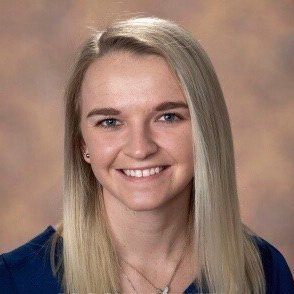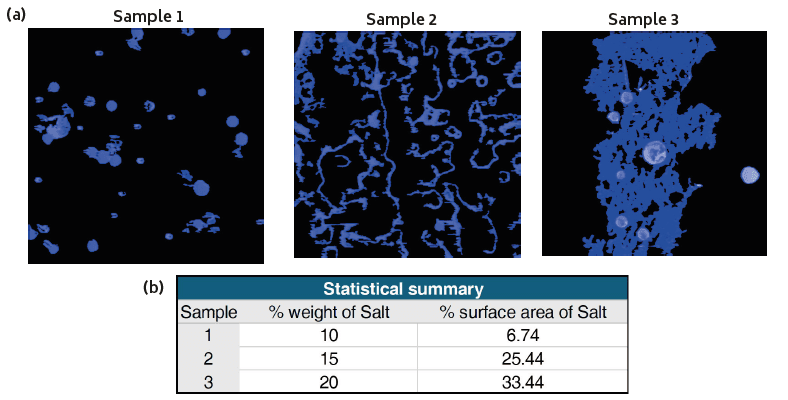During the past few decades, additive manufacturing, specifically 3D printing, has grown drastically. This technology has been used not only as a prototyping equipment but also a technology that can provide final product quality. A team at Widener University (Chester, Pennsylvania, USA) recently studied the calcification process of polylactic acid polymer (PLA), a plastic filament material widely used in 3D printing.


Dr. Babak Eslami and Jessica Schlosser
Biomedical, robotics, automotive, and architectural are few industries that are already using 3D printing as one of their main fabrication tools.
As an example, polylactic acid polymer (PLA) is being studied by many researchers for a potential use in artificial heart valves. The main challenge in this approach is the calcification and stiffening phenomena on the plastic valves. Therefore, in our recent research efforts, we have been studying the calcification process of PLA polymer thin films.
Methods of the study
The PLA polymer was dissolved in alcohol while sodium chloride was added to the solution with different weight concentrations of 10%, 15%, and 20% which are labeled as Sample 1, 2, and 3 respectively. The solution is then spin coated on a silicon wafer at 3500 revolutions per minute for 1 minute. Using an Asylum Research MFP-3D Origin atomic force microscope (AFM), each of the samples is imaged by bimodal AFM technique.
In bimodal AFM technique, the microcantilever is excited by the first eigenmode frequency in addition to a higher eigenmode frequency (i.e. mostly 2nd). The first eigenmode is reserved for topographical information while the second eigenmode is reserved for compositional mapping. In a single pass measurement, both compositional mapping and topography of the samples can be captured. Additionally, a contact mode force spectroscopy technique is used to capture force versus distance curves. The data is fitted to material models to extract material properties.
Results
The bimodal AFM study is shown in Figure 1(a) where the phase is superimposed on the topography. As shown, the surface roughness in addition to stiffness of the surface increases (higher topography and lower phase values) as the salt concentration is increased.
This phenomenon is also verified by performing force spectroscopy (shown in Figure 1(b)) on the surfaces and fitting the data to the Derjagin, Muller, Topov (DMT) model which provides the average Young’s modulus of surfaces under the study as shown in Figure 1(c) and (d).

Figure 1. Summary of AFM Results: (a) Bimodal AFM (phase overlaid on topography), (b) Force spectroscopy curves, (c) Summary of material properties, (d) DMT model schematic.
Additionally, Figure 2 represents the salt regions which were revealed using the Particle Analysis tool (threshold detection method) in MountainsSPIP® software. It shows the surface area percentage that has salt contamination.

Figure 2. Particle Analysis of samples based on AFM phase images: (a) highlighted regions are calcified regions, (b) surface area percentage for each sample.
Discussion
With modern micro- and nano-scale technology, performing characterization techniques is no longer a challenge. However, analyzing large datasets and providing visualization to better understand trends is more challenging. Important information can be analyzed and represented by analysis tools like MountainsSPIP® software.
Our study concluded that AFM is capable of quantifying stiffening phenomenon taking place due to calcification on PLA surfaces. This can help industries interested in enhancing stiffness of PLA surfaces such as 3D printed heart valves or robotic arms under extreme environmental conditions.
About the authors
Jessica Schlosser and Dr. Babak Eslami are respectively Graduate Student and Assistant Professor at Dept of Mechanical Engineering, Widener University, Chester, Pennsylvania, USA.
Contact : beslami@widener.edu
Read more
Schlosser, J.; Keller, M.; Fouladi, K.; Eslami, B. Strengthening Polylactic Acid by Salification: Surface Characterization Study. Polymers 2023, 15, 492. https://doi.org/10.3390/polym15030492
Instruments and software used
Asylum Research MFP3D Origin atomic force microscope (AFM) + MountainsSPIP® software.